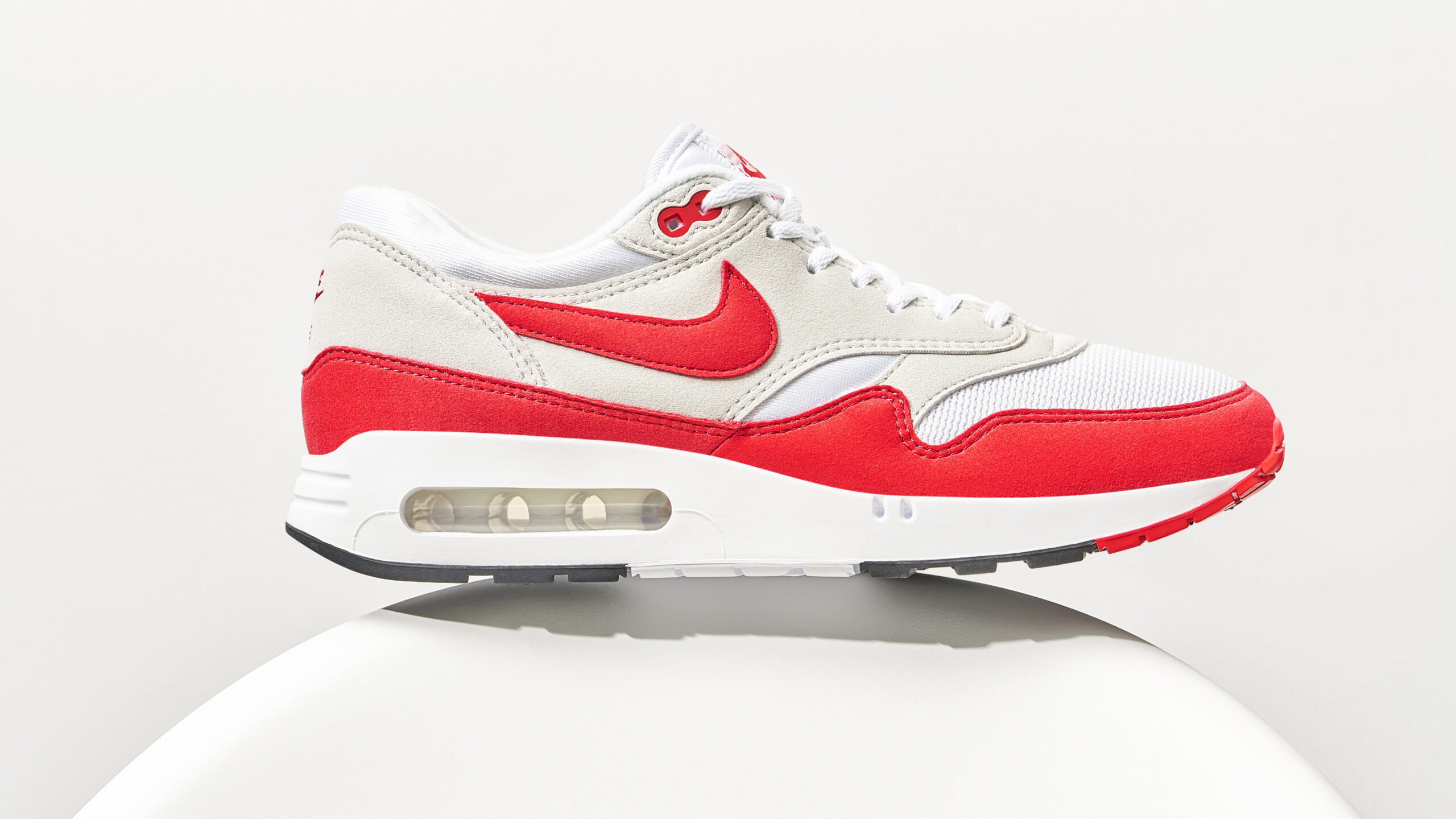The sneaker design legend has created some of Nike’s most iconic silhouettes, bringing persistence and an appreciation of footwear technology that changed the Swoosh brand forever.
Tinker Hatfield’s impressive portfolio is the product of a tenacious appetite for design and self-belief. Respected by his peers, the creator’s fascination with both style and performance has led to a creative output as relevant today as it was 30 years ago. His contributions to the Swoosh brand and impact on the development of the Nike Jordan label have led to his current position as Vice President For Design And Special Projects, continuing his unforgettable legacy which will inspire designers for years to come.
Sneaker culture and the ascension of sports footwear into the mainstream can be associated with the work of Hatfield, someone who pushed the limits of what a Nike shoe could be. As the man behind popular silhouettes, including the Air Jordan 3, Air Jordan 4, Air Max 1 and Air Max 90, Hatfield’s designs have been the canvas for sought-after collaborations and the shoes worn for league-winning shots, serving as much in the way function as in fashion.
A Former Athlete
Blue Ribbon Sports Company was founded in 1964 by track and field coach Bill Bowerman and his student Phil Knight before becoming Nike in 1978. The sporting goods company took on a fresh-faced Tinker Hatfield, who first arrived at the company as an architecture graduate, initially to design buildings on the Oregon campus in 1981. While Nike is seen as an industry leader and innovator in sportswear and lifestyle goods today, at its inception, it was dedicated to producing footwear, apparel and equipment.
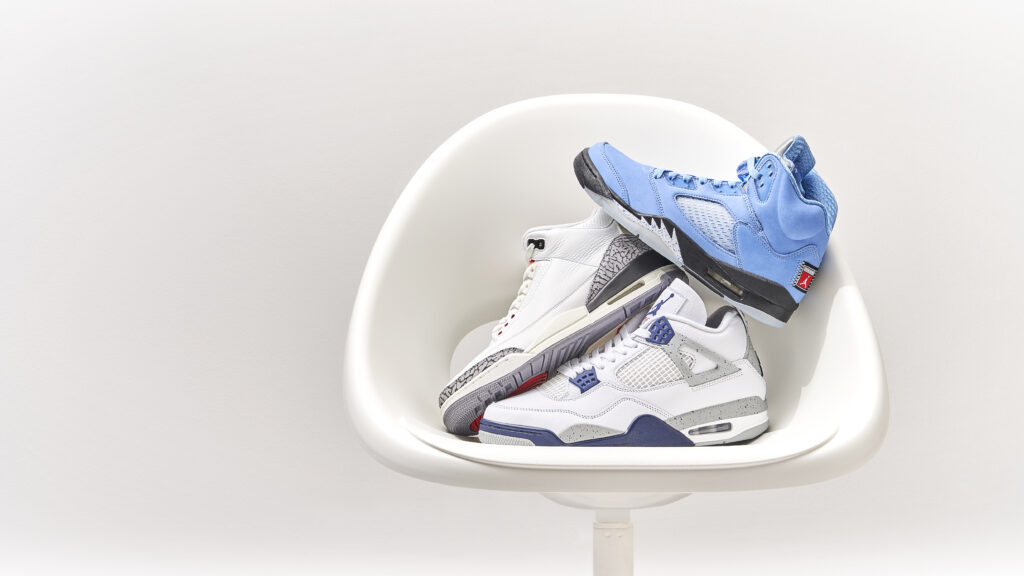
A former athlete himself, Hatfield was a pole vaulter for the University of Oregon and held the record for the discipline at the university. The design mogul placed sixth in the 1976 Olympic trials. A serious injury led to his athletic career being cut short. The injury Tinker Hatfield received was to his ankle, requiring 5 surgeries and two years of rehabilitation. While understanding the needs of Nike’s core consumers was an advantage, Hatfield knew the founder personally, having previously been trained by Bowerman at university. The Nike founder and former coach once told him, “No matter what anyone tells you, you have to think for yourself”.
Hatfield moved from pole vaulting to sneaker design with a unique approach, bringing an athletic determination to the role. The first shoe he worked on was the now legendary Nike Air Max 1, or the ‘Big Bubble’ as it was known at the time.
New Technology
Nike Air was Initially designed to improve performance and support athletes with its industry-leading cushioning. This technology had only recently been introduced at Nike. First used inside the Tailwind model, the condensed gas inside a rubberised membrane was introduced to the brand by NASA aeronautical engineer, Frank Rudy. Air served as a catalyst for the brand’s success, allowing Nike to gain momentum as a technology-focused sports company.
Tinker Hatfield is most famous for his industry-changing contributions to sneakers, which he achieved through an outside-the-box approach. As part of its focus on technology, Nike wanted to increase the width of the Air bag for greater stability, initially puzzling the design team. Hatfield drew on his architectural influences to devise a solution for the issue. In an interview with Hypebeast, Hatfield described his approach to design: “I have this philosophy that every time I draw something or sit down to try and design, whatever I do is a culmination of everything that I have seen, done and experienced in life before that point in time.”
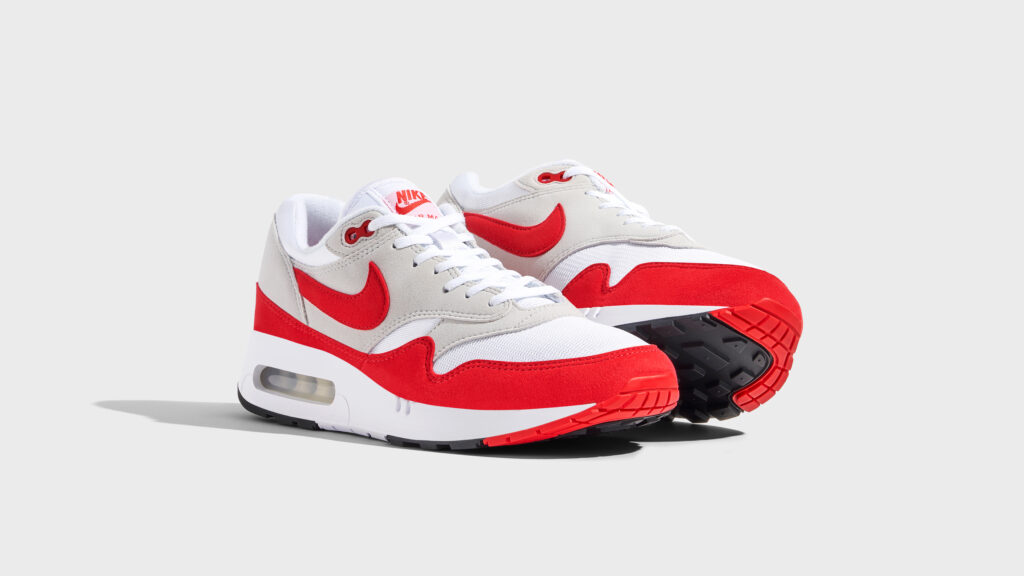
Looking to the Centre Georges Pompidou in Paris, famous for its visible structural elements, Hatfield proposed removing part of the midsole to reveal the Air Bubble. At the time, Nike feared this would make the shoe look weak and easily damaged, however, the young designer was confident in his work and in the aesthetic properties of footwear technology. While nearly costing him his job at the time, Hatfield’s persistence paid off, leading to the Air unit, one of Nike’s most prevalent design features.
Ligaya Salazar is an independent curator, currently at the Design Museum, who was a part of the hugely successful ‘Sneakers Unboxed: Studio to Street’, now on its fourth iteration in Seoul. When curating the exhibition, Salazar considered the designs of Hatfield as part of her focus on both the creators and culture of sneakers. “As part of both, the role of the designer was central to my thinking, so Hatfield and his designs were of course part of this.”

While responsible for the legendary visible Nike Air Bubble and the creation of the Nike Air Max 1, the sneaker designer is famous for his relationship with Michael Jordan, designing some of the most iconic shoes in the Air Jordan lineage.
Did Tinker Hatfield Save Nike?
Hatfield’s pioneering designs changed the direction of the Nike brand forever. With his ability to incorporate sporting technology into easy-on-the-eye designs, he achieved widespread commercial success at Nike.
Alongside the Air Max 1, Hatfield’s most famous work with Nike is with NBA legend Michael Jordan. When brand designer Peter Moore left Nike in 1987, the future of Michael Jordan’s contract was uncertain. At the time, Jordan was set to leave the Swoosh brand for adidas, after just two Jordan models had been released. In a fast-paced turn of events, Moore handed over creative control to Hatfield, who had to quickly design a silhouette that would persuade Jordan to stay with the Beaverton brand at a time when his contract was coming up for renewal.
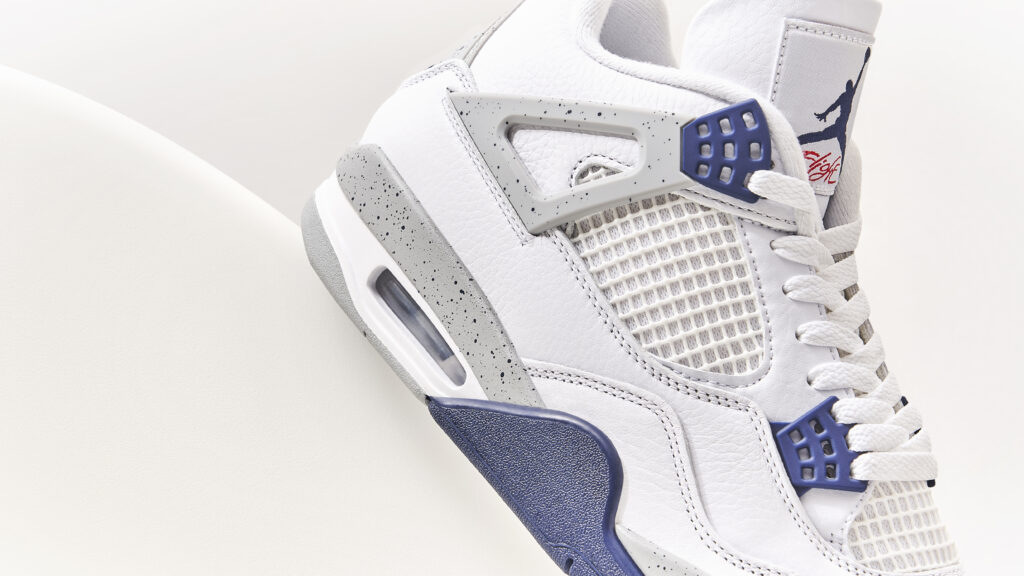
Hatfield drew on the design cues left behind by Moore, crafting the Air Jordan 3 without the Swoosh branding seen on the Air Jordan 1. Featuring the same visible Air Bubble pioneered on the Air Max 1 Big Bubble, the designer won the Jumpman over with his signature fusion of fashion and athletic performance, cementing the partnership that has generated the basketball legend an estimated $1.3 billion since 1984, as reported by Forbes. Hatfield’s creation not only kept Jordan with Nike, but also contributed to Nike’s position as the most popular sports brand in the world, overtaking adidas, which was 50% larger by revenue in the mid-’80s. Other sneakerhead-approved silhouettes attributed to Hatfield include the Nike Air Trainer 1, Air Jordan 6, Air Jordan 11 and Air Jordan XX.
When asked whether Hatfield saved Nike, Salazar attributed the Swoosh’s success to several factors: “No single person saved and/or created Nike’s success. It was a combination of external factors: the rise of Hip Hop, the popularisation of basketball sneakers as part of that, skaters, Jordan’s incredibly skilled game, Nike’s partnership with Weiden + Kennedy, the rise of market research and Nike’s nuanced understanding of their audience and also Tinker Hatfield’s designs.”
Hatfield proved his design skills extended beyond the running shoe when tasked with designing the Nike Mag for the 1989 film Back to The Future II. He not only made the style worn by Michael J Fox in the film but also the retro icon released for the first time in 2011 and later 2015 to mark the year visited in the film. These re-issues featured a classic Nike Outsole and fluorescent midsole, true to the original shoe design. While the pair used in the movie weren’t self-lacing, special effects ensured they laced themselves on-screen. These accomplishments have led to the footwear designer receiving his own air time in the Netflix documentary Abstract: The Art of Design.
Tinker Hatfield’s Design Legacy
Tinker Hatfield’s long-lasting impact on the sneaker industry can be attributed to a unique way of thinking that sets Nike apart from the competition. Seeking fashion within functional products has allowed the creator to broaden Nike’s consumer base beyond sports, with the Air Jordan brand serving as a shining example of his innovative design.
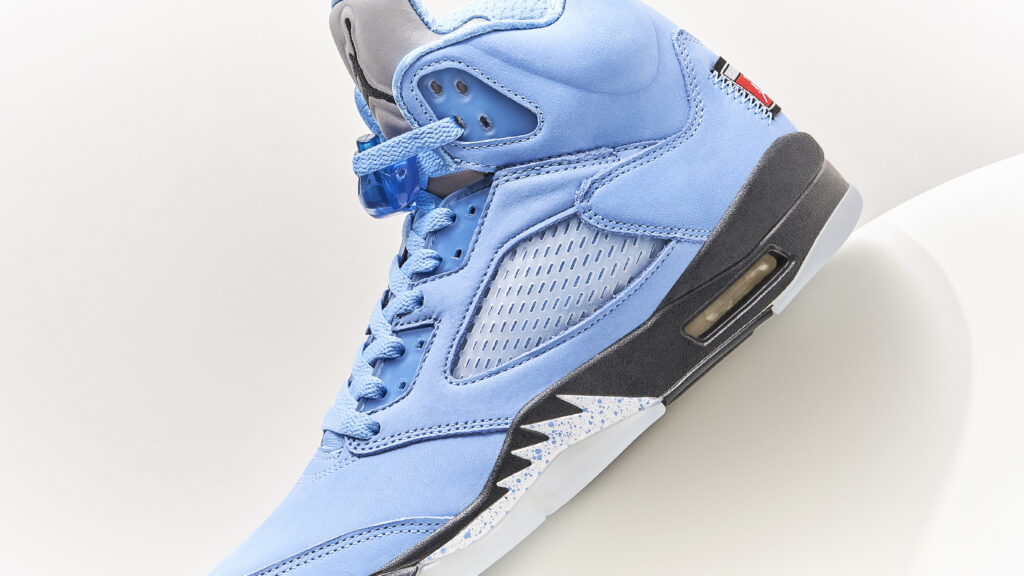
For Salazar, Hatfield’s long-lasting footprint follows a trajectory similar to many successful designers. “The most interesting part of his legacy is his willingness to experiment with newly developed technologies, references outside of the sneaker world and textiles. This openness has contributed to the creation of unique models (and also many not-so-great designs, which is a big part of every designer’s story, especially when creating at such scale).”
While it is unclear whether or not his designs alone saved Nike, Tinker Hatfield has introduced a method of practice that has revolutionised sneaker design, from the first visible Nike Air bubble to a lineage of basketball shoes that have won fans over with each release and reissue. As Nike’s current Vice President for Special Projects, his captivating creations are set to win over fans well into the future.
Basketball And Beyond
Alongside his narrative-changing work on the Air Jordan III and Air Jordan XI, Hatfield also worked on another infamous basketball silhouette, the Nike Dunk Low ‘Oregon PE’, honouring the his former university.
His work outside of basketball has also earned industry-wide acclaim. The Nike Air Huarache exemplifies Hatfield’s use of technology, again led to a winning combination of cool and comfort, thanks to a neoprene sock liner, which led to the shoe’s tagline, ‘Have you hugged your foot today’ being rewarded. The Oregon-based maker has also worked on Nike’s all conditions line, Nike ACG, crafting the infamous Nike Air Mowabb, inspired by the designer’s love of the outdoors, again combining technology with an aesthetic appeal, spanning from New York City to America’s smaller rural towns.
